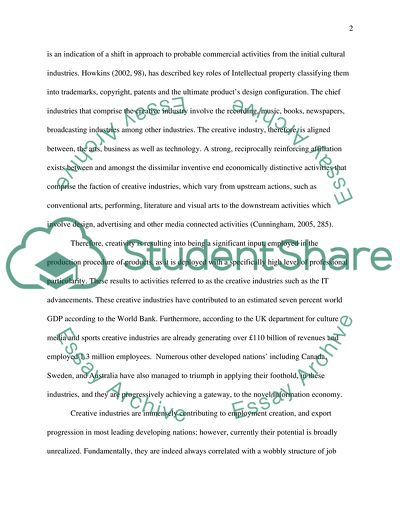Cite this document
(Changes in Employment Patterns in Broadcast Media Report Example | Topics and Well Written Essays - 1750 words, n.d.)
Changes in Employment Patterns in Broadcast Media Report Example | Topics and Well Written Essays - 1750 words. https://studentshare.org/media/1777223-employment-conditions-and-impacts-of-new-technologies
Changes in Employment Patterns in Broadcast Media Report Example | Topics and Well Written Essays - 1750 words. https://studentshare.org/media/1777223-employment-conditions-and-impacts-of-new-technologies
(Changes in Employment Patterns in Broadcast Media Report Example | Topics and Well Written Essays - 1750 Words)
Changes in Employment Patterns in Broadcast Media Report Example | Topics and Well Written Essays - 1750 Words. https://studentshare.org/media/1777223-employment-conditions-and-impacts-of-new-technologies.
Changes in Employment Patterns in Broadcast Media Report Example | Topics and Well Written Essays - 1750 Words. https://studentshare.org/media/1777223-employment-conditions-and-impacts-of-new-technologies.
“Changes in Employment Patterns in Broadcast Media Report Example | Topics and Well Written Essays - 1750 Words”. https://studentshare.org/media/1777223-employment-conditions-and-impacts-of-new-technologies.


